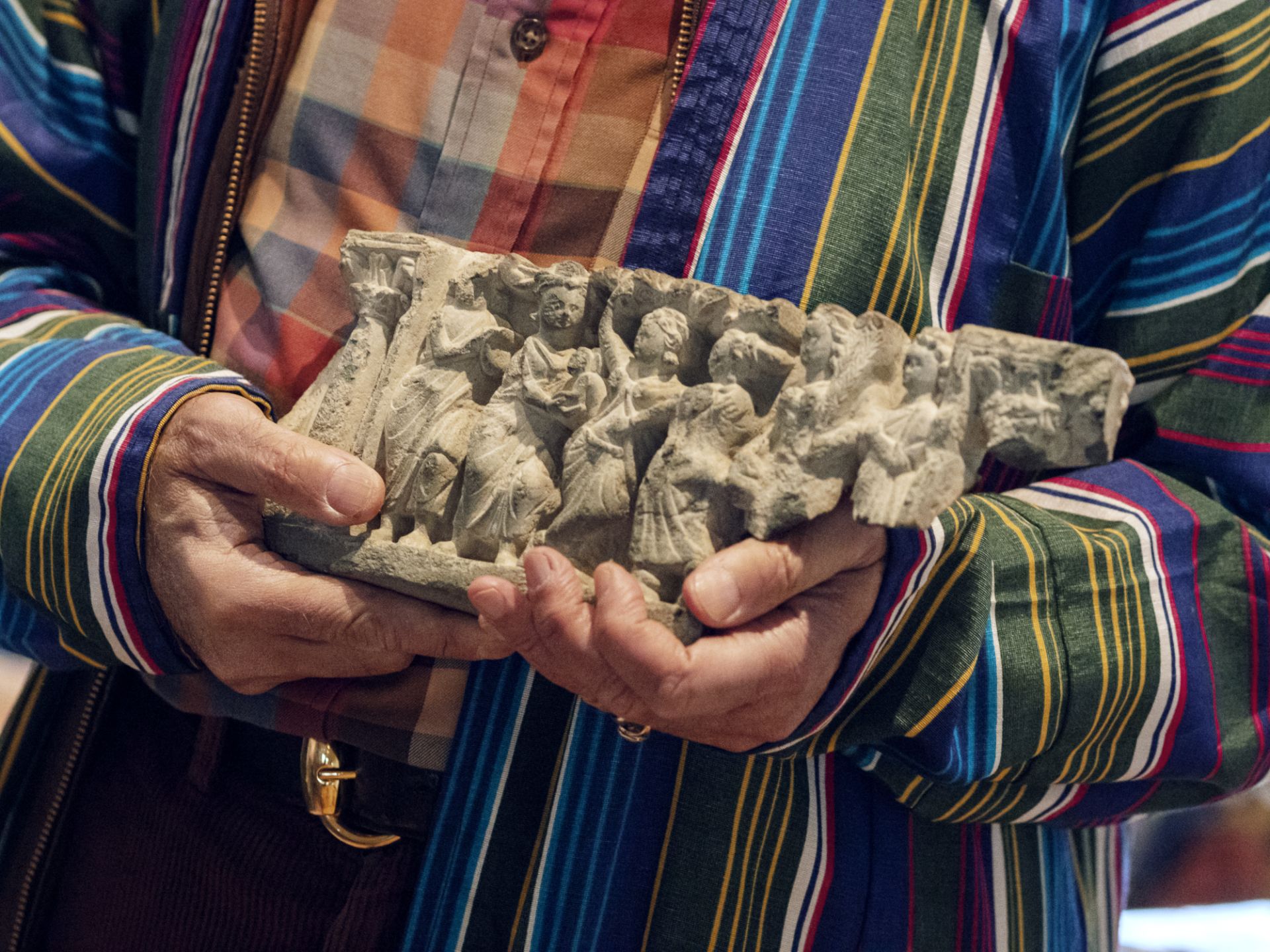The last Jew of Afghanistan left when the Taliban took back control in 2021, as featured in an essay in the fall 2023 print issue of New Lines. The departure marks the end of the community that had survived there for centuries. And for those who live in the diaspora, like in New York City, where 2,000 Afghan Jews have come to call home, the largest such community outside Israel, the struggle they face is how to keep their heritage alive.
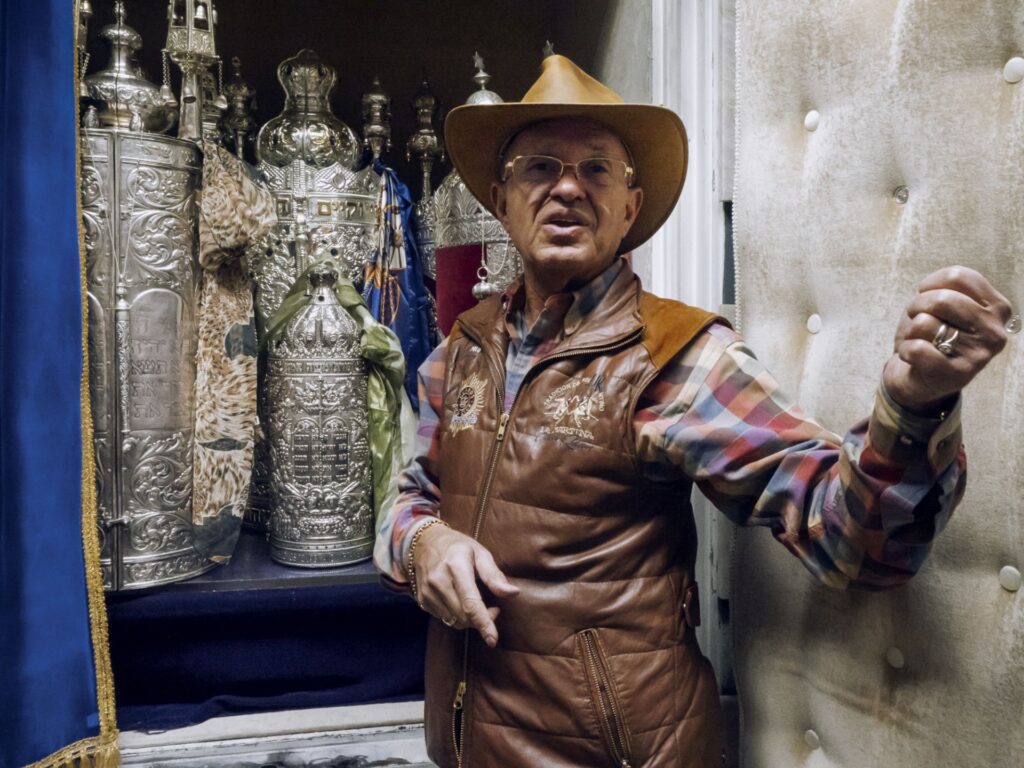
One evening, during a visit to the Anshi Shalom Synagogue, a simple brown building located on a quiet street in Jamaica, Queens, only a dozen men, mostly elderly had gathered for prayer.
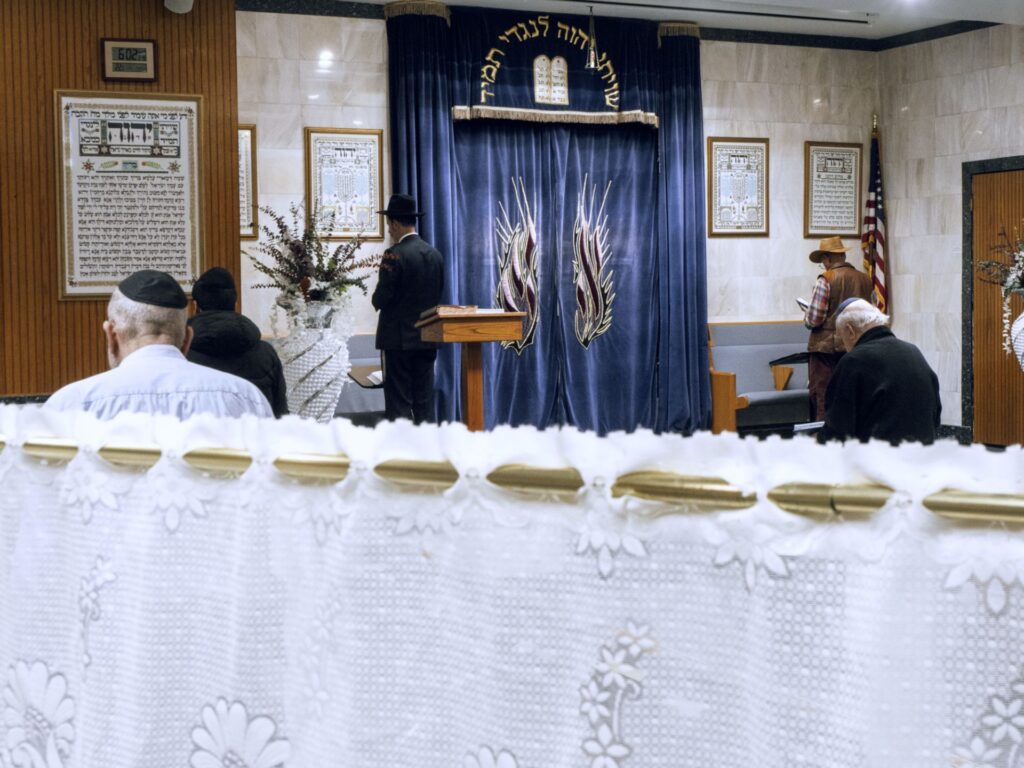
Barukh Sharabat, an Afghan Jew in his early 60s, greeted me at the door. Prone as we Afghans are to nostalgia, almost immediately he lamented to me: “Alas! We lost our country.” He was right. He could not imagine returning to Afghanistan, and like many of my fellow country folk, neither could I.
In New York, we were both immigrants with memories of Kabul to talk about. Later, others from the small community gathered around me, each with a story to relate about the life they left behind in Afghanistan and the fond recollections despite the challenges they faced as members of a religious minority. Indeed, the agony of leaving one’s home and all that they had grown to love seemed fresh in their mind. Many of them, even those in their late 70s and early 80s, told me that the synagogue provided them with the solace and sense of belonging that they left behind in Afghanistan.

The synagogue opened in 1977, after the brick complex in which it is housed was refurbished. Before that, the small community worshiped in the home of one of their members.
Men and women pray separately, divided by white lace curtains. The Torah ark houses an antique handwritten scroll dating hundreds of years in an ornate silver case, smuggled out of Kabul wrapped in a textile.
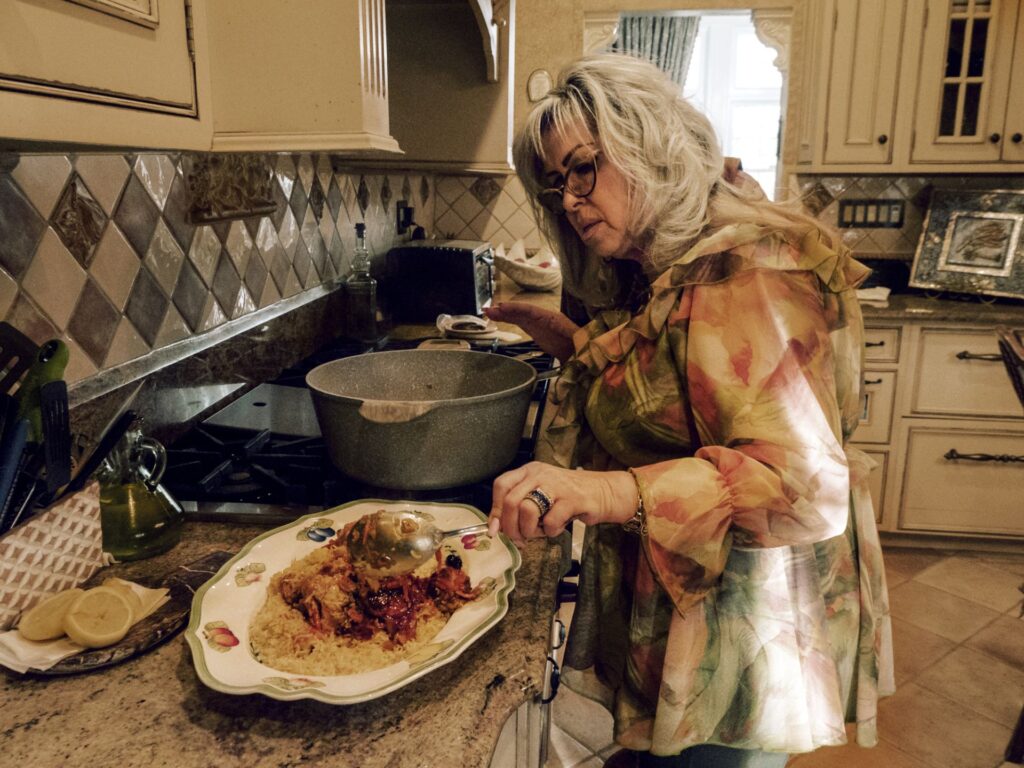
I was welcomed warmly by Jack Abraham, born in 1943 in Kabul, an animated gem dealer given to wearing cowboy hats. Jews back in the homeland were known for trading precious stones and silver. They wrote popular songs. They had a special written language they called Rashi: The words were Dari, one of Afghanistan’s two official languages, but the script was Hebrew.
Although official records of a Jewish presence in Afghanistan date to the seventh century CE, some historians (including the late Israeli President Yitzchak Ben-Zvi) claim that a scattering of Jews arrived as exiles from Samaria in Afghanistan around 733 BCE.
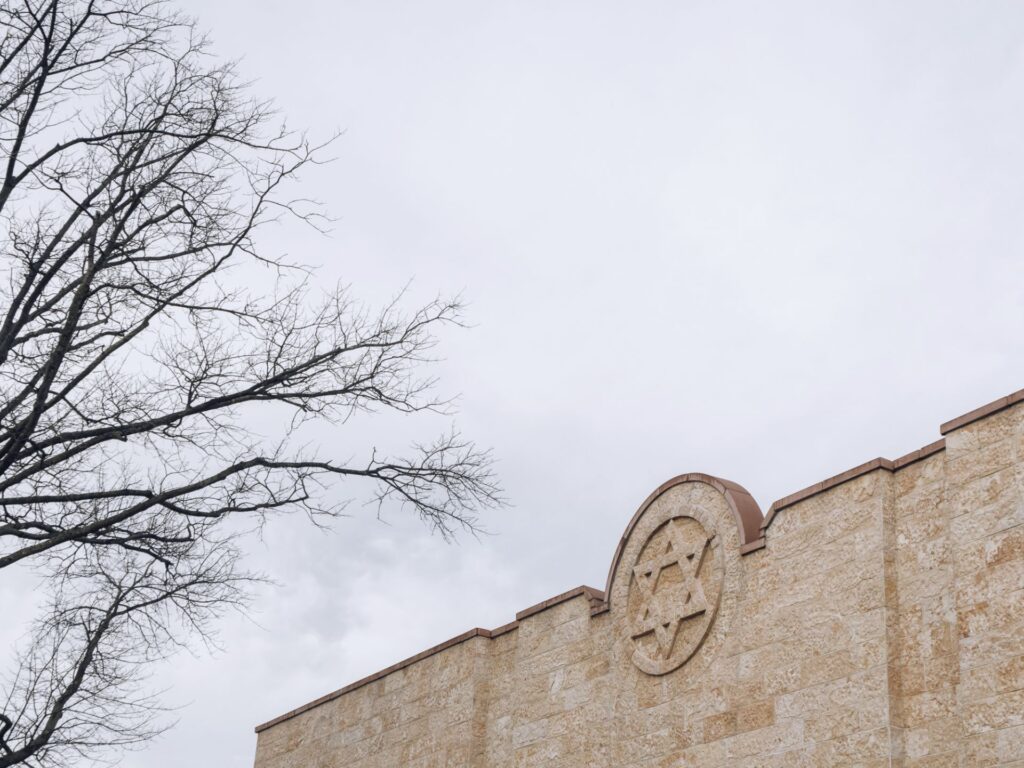
During medieval times and onward, Jewish merchants known as the Radhanites traveled along the Silk Route, trading spices, textiles and valuables like emeralds, rubies and sapphires. Fast-forward to modern times, most Afghan Jews left their country for Israel in 1948. Another wave followed after the Soviets invaded Afghanistan in 1979.
Almost everyone I met in New York had a story to tell about the difficult exit, some with the assistance of human traffickers, as well as the trauma of traveling across deserts and plateaus on the backs of beasts of burden.
Recalling the ordeal to me, Ziphora Sharabt, a homemaker who fled after the Soviet invasion, carefully unhooked a hairbrush barrel from the thick black strap that held the bristles, slipped a $100 bill inside, and reassembled the pieces. This was how she hid her money and carried it with her as she fled, money to pay expenses as smugglers transported her and her younger brother to Pakistan and then to Switzerland.

Yet, despite all the risks she took in search of a new life, she (and other senior members of the congregation) lament the lack of interest among the younger generation in carrying the Afghan Jewish tradition forward and keeping the sense of community alive.
“The United States is a melting pot. It absorbs cultures into its fabric,” Jack Abraham told me. For emphasis, he switched to a Dari expression, “Abesha khadi, hawayesha tanafus kardi, bordi,” which means that “once you eat from its food and breathe the air, you become its own.”
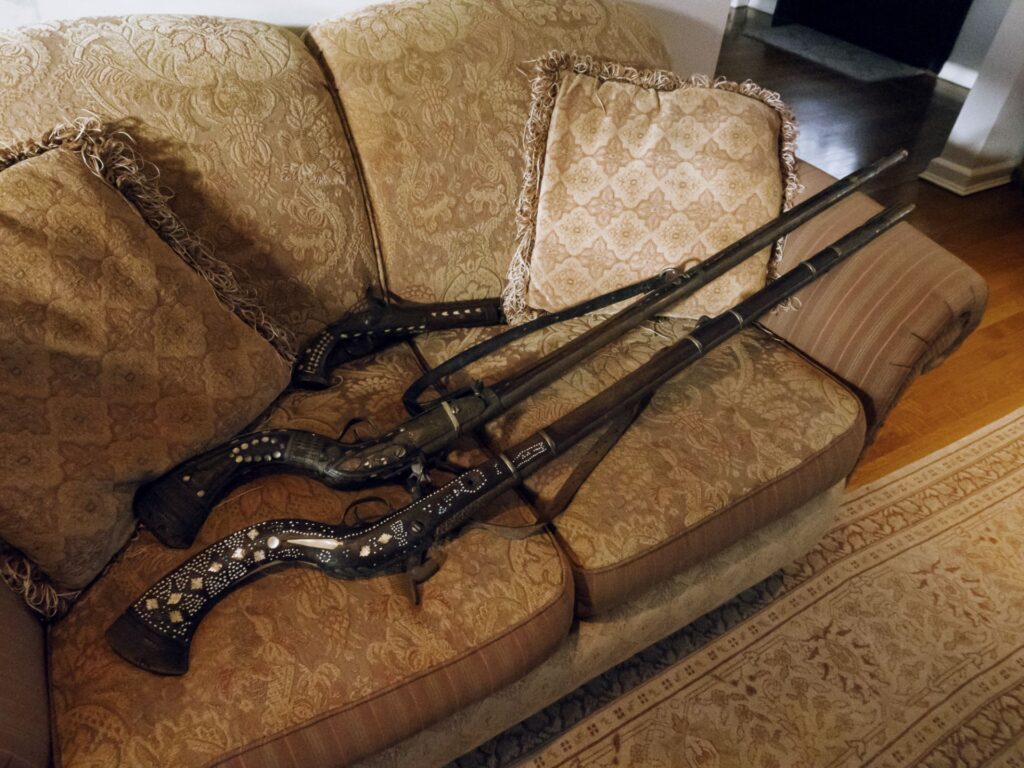
Indeed, young congregants like Steven Rosenthal, who identifies as a New Yorker, ended up marrying outside the community; he tied the knot with a Jewish American of Iranian descent. “We are so tiny, so it is nearly impossible to find a match within our own circles,” he explained.
Though he grew up in the city, he savored the rice dishes and the lamb pastry that his grandmother prepared. But that is about as far as the connection goes.
“We cannot go to Afghanistan to look for the past,” he said. “We cannot go there to experience what we heard from our grandparents. It just remains in talks and stories.”
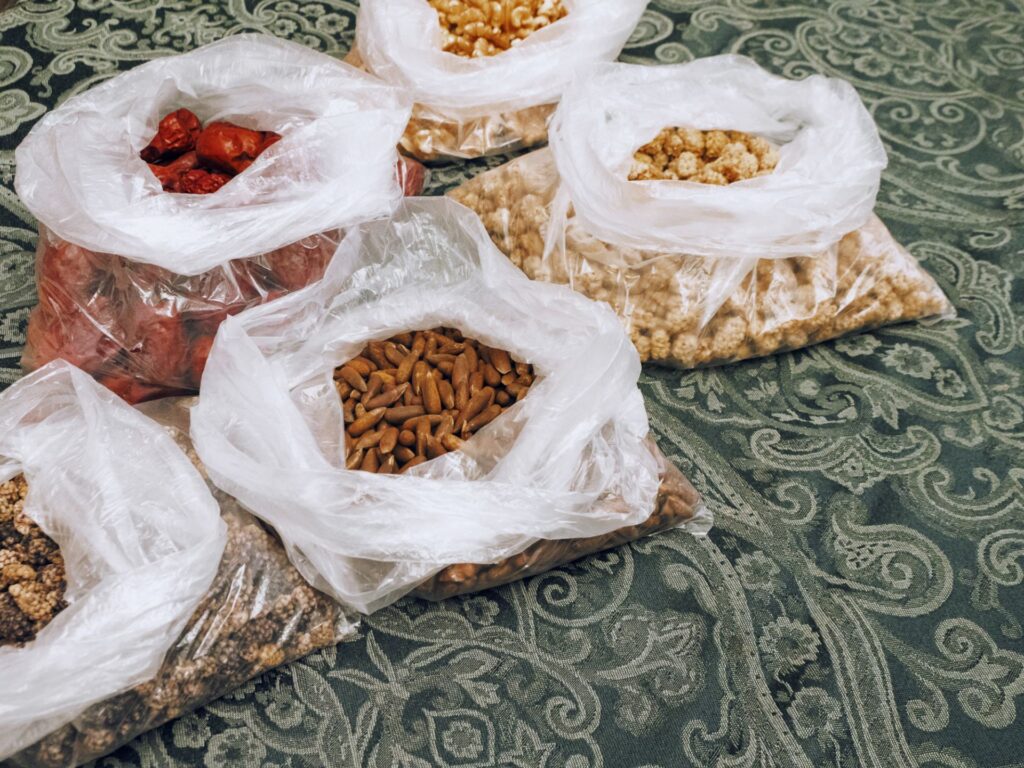
Rosenthal is unsure whether he and his teenage son will ever have an opportunity to visit the homeland now that the Taliban are in power and minority groups are unprotected. “I only have one son, so I hope he does think about the history and my roots and would want to know more about his heritage. But we’re in New York; everyone’s from everywhere.”
For many elders, holding onto their ancient heritage involves traditional dishes and antique objects that they spirited out of Afghanistan. These artifacts, family jewels and photos are the only tangible links that remain of their lost homeland. Whenever members of the community invited me to their homes, they lovingly unwrapped these prized possessions and regaled me with the stories of how much the objects meant to their family histories.
Ziphora Sharbat treasures an antique oil lamp with a cotton wick. Observant Jewish women light candles on Sabbath, so when Sharbat married, her mother gifted her the silver bowls that were fashioned in Herat, western Afghanistan, as a symbol of her faith. Sharbat prefers to use this ceremonial item over regular wax candles, as per ancient custom.
Steven Rosenthal’s aunt, Osnat Gad, is one of the most active community members. She has worked tirelessly to raise international funds to preserve the Jewish cemetery in Herat in memory of her father. Gad came to the United States at the age of 15 years. She runs a successful diamond business in New York.
Her valued antiquity is a Buddhist statue with a crack in the neck that her father had brought over from Afghanistan. She found it in his basement after he died. She does not know its age, but the Indo- Greek style is consistent with artwork from the Gandhara civilization, which flourished in Afghanistan from the middle of the first millennium BCE to the beginning of the second millennium CE.
As for Jack Abraham, bestowing the famed generosity of his native country, he and his wife, Nora, served me pulao, a rice and chicken traditional Afghan delicacy topped with almonds and raisins. He proudly showcased his Afghan robes, antique rifles and a Greek frieze that he believed dated back to the ancient Greek presence in Afghanistan in the 300s BCE. According to Abraham, the guns decorated with lapis lazuli stones saw action during Afghanistan’s three wars with the British Empire (1839–42; 1878–80; 1919). “They’re significant to me because they’re part of my history,” Abraham told me.
Anshi Shalom initially served only Afghan Jews, but as their numbers declined other ethnic groups from Central Asia joined them. The synagogue currently has about 100 regular members, 25 of whom are Afghan. Anshi Shalom used to have an Afghan rabbi, but the current one, Chagai Niazoff, is an Israeli descended from Uzbekistan.
They hope to restore the few remaining Jewish sites in Afghanistan.
“The next generations must know that we existed in Afghanistan, that we lived, built and contributed to the history and culture with all of our hearts,” Jack Abraham said.
Spotlight is a newsletter about underreported cultural trends and news from around the world, emailed to subscribers twice a week. Sign up here.



